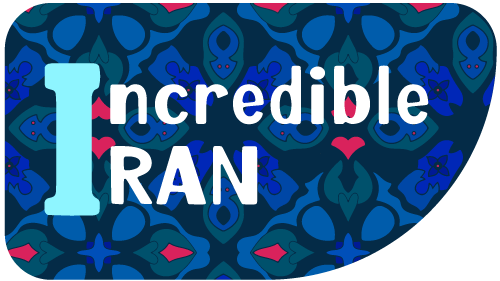The Art of Photographing Iran’s Architectural Masterpieces
What you will read in this article:
1. Key Architectural Styles in Iran
2. Iconic Photography Locations
2.1. Isfahan
Naqsh-e Jahan Square: Capture the vastness and symmetry of this UNESCO World Heritage site.
Imam Mosque: Focus on the intricate tile work and the grandeur of the main dome.
Sheikh Lotfollah Mosque: Highlight the unique yellow and blue tiles and the play of light inside the dome.
Si-o-Se Pol Bridge: Best photographed at night, showcasing its reflections in the Zayandeh River.
2.3. Yazd
Amir Chakhmaq Complex: Photograph the unique façade and the illuminated fountains at night.
Yazd Atash Behram (Fire Temple): Highlight the tranquility and religious significance of this Zoroastrian temple.
Windcatchers (Badgirs): Capture the unique traditional cooling systems against the backdrop of the desert city.
3. Tips for Capturing Persian Architecture
3.1. Best Times to Photograph
Golden Hours: Early morning and late afternoon provide the best natural light.
Blue Hour: Just after sunset or before sunrise for a soft, diffused light and stunning sky colors.
Night Photography: Many historical buildings are beautifully illuminated after dark.
3.2. Essential Equipment
Wide-Angle Lens: To capture the grandeur of large buildings and intricate ceilings.
Tripod: Essential for low-light conditions and achieving sharp images.
Polarizing Filter: To enhance colors and reduce reflections, especially useful for photographing tiles and stained glass.
Telephoto Lens: For capturing details in mosaics, carvings, and bas-reliefs.
3.3. Composition Tips
Symmetry and Leading Lines: Use the natural symmetry of Persian architecture to create balanced compositions.
Details and Patterns: Focus on intricate details, such as tile work, carvings, and calligraphy.
Reflections: Utilize water features and reflective surfaces to add depth and interest to your photos.
Human Element: Including people can add a sense of scale and life to your photos.
4. Respect and Etiquette
Dress Modestly: Respect local customs, especially when visiting religious sites. Ask Permission: Always ask for permission before photographing people. Be Discreet: Use silent shooting modes in quiet or sacred spaces to avoid disturbing others.
5. Post-Processing Tips
Enhance Colors: Bring out the vivid colors of the tiles and mosaics using saturation and vibrance adjustments. Correct Perspective: Use lens correction tools to straighten lines and maintain the integrity of the architecture. Highlight Details: Use selective sharpening to enhance intricate patterns and textures.
Conclusion
Iran's architectural heritage offers photographers a rich tapestry of subjects, from grand mosques and palaces to serene gardens and ancient ruins. By understanding the unique features of Persian architecture and using the right techniques and equipment, you can capture stunning images that reflect the beauty and intricacy of Iran’s cultural heritage.
Exploring Iran
Special Tours to Iran for English Speakers
in your
Native language
